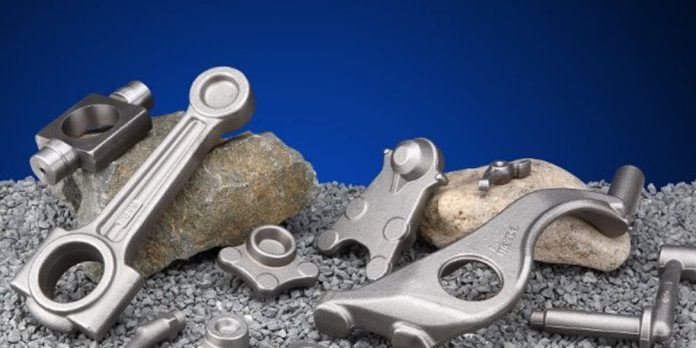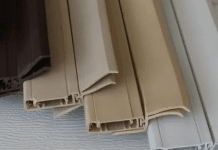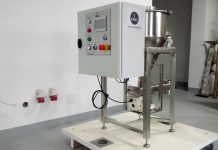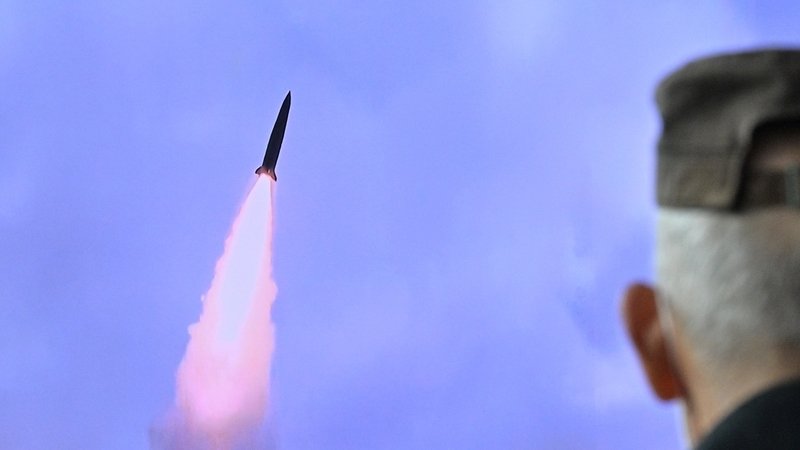The number of pieces and the variety of parts (including complexity, weight, and precision) produced by the “cold and warm forging” procedure used to forge a car’s near-net shape. Show how far automotive manufacturing technology has come.
There are currently just one-third as many cold and hot forged parts produced for an automobile in China by domestic methods and machinery as there are in other complex manufacturing locations. The R&D technology for manufacturing levels of China’s vehicle sector are generally poor.
The overall quality of autos varies between developing and industrialized countries. Precision forging is one of the fundamental technologies that automakers must learn to keep up with competition advantages. Here this article reviews the forging automobile parts and some of the temperature distinctions of the forging process.
A Distinction of Forging on Basis of Temperature
According to the temperature range, forging falls into three categories: cold forging, warm forging, and warm forging (hot forging)-cold forging compound forging.
Warm Forging Process
The phrase “warm forging” in the industry describes forging that is carried out at temperatures that are just a little bit over room temperature. The temperature will be lower (1000°C–1250°C) compared to hot forging.
Cold Forging Process
The process of producing forgings after the steel has been pickled, phosphate, and saponified at room temperature is referred to as “cold forging”. Its forgings can achieve IT8–11 grades of precision.
Compound Forging
Warm forging, often known as hot forging or cold forging, is a combining forming technique. The metal is turned into a blank using the warm forging process, which is basically close to the final product shape. After cleaning and lubrication, Cold forging is used to complete the blank. The final product’s shape or finishing is as precise as that of cold forging.
Forming a Technique Distinction
Precision forging can lower production costs across the whole supply chain by about 15%. Although the cost of forging goes up if the precision forging process is utilized, the cost of machining goes down.
The advancement of the customary closed die forging method has included the incorporation of split forging and closed forging on the basis of fleshless die forging (also known as closed die forging). Easy mold construction. The following unique processes are alternatives to the conventional forging technique.
Extrusion
Unequal compression in three directions causes the blank to be forced out of the die cavity, producing a forging with a smaller cross-sectional area and a longer length. The processing technique is known as extrusion. Mainly employed for the hot extrusion of the casing of the half-shaft, the warm extrusion of multiple valve bodies, and the cold extrusion of multiple splines.
Block Forging
A die forging is blocked forging. method that yields precision forgings that are essentially net-shaped and flash-free by an extruding metal one way or the other via one or two cuffs in a closed die. Block forging enables excellent material utilization rates and flash-free forging. It is ideal due to its high dimensional precision and small instrument tonnage.
Split Forging Technology
Creating a material-filled cavity or channel in the area of the blank or die used for shaping is the basic concept behind shunt forging. When the cavity is filled with the material during forging, the material flows to the switch cavity or shunt tube. The process of switching forging processes helped with the less, and because of high-speed and accuracy gears, the no-cutting processing will reach the largest industrial scale. It is mostly utilized when cold forging spurs and helical gears.
Last Wording
Stronger forge auto parts can be produced via forging than cast or machined auto parts. This is because forging results in a grain structure that follows the shape of the part, making forged car parts stronger. Nothing compares to forgings in terms of strength and dependability. With the initiation of the forging technique, forged products are now available in extensive options of sizes, shapes, and levels of efficiency that may fulfill your required design and attributes of efficiency.













